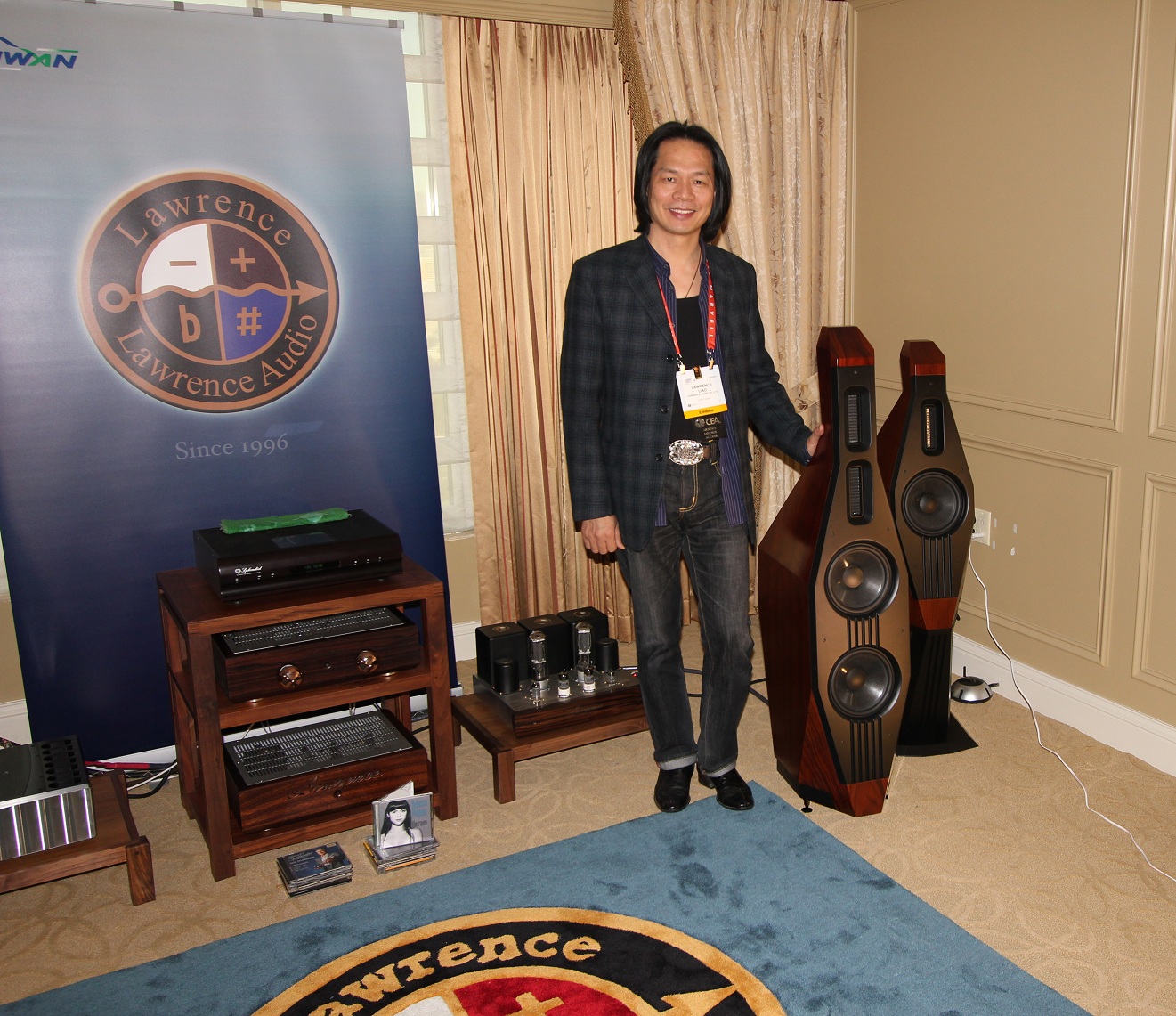B00nie
[H]F Junkie
- Joined
- Nov 1, 2012
- Messages
- 9,327
There are design goals with any speakers worth owning.
Low distortion. (drivers and cabinets). Correct phasing of drivers. A flat frequency response. An extended frequency response. taming of artifacts from drivers in the crossover etc etc. Fundamentally it is an engineering problem. It is an art too though.
Speakers aren't a solved problem and likely never will be (Though we are getting closer). When there is a frequency response of + or - 0 Db, no phase issues. Distortion below audibility etc etc etc Then maybe we are there. Good luck finding that. And if you ever do, you will still need to solve the problems of room interaction.
The real challenge with speakers is to maintain that flat frequency response also in a real world scenario. All those other properties are completely worthless if the speaker allows the room to mess the sound up.
This is a Bowers&Wilkins graph where the same speaker is measured directly in front of the speaker (nearfield) and in the listening position. As you can see, the flat response is completely meaningless unless the speaker can reduce the room reflections:

The green trace is an in-room measurement of the speaker close to a rear wall. The grey trace is with it closer to a corner. Both these measurements are very ragged and its difficult to decipher what is going on. They show the effects of reflections and resonance modes in the room and, while they are similar at higher frequencies, theyre very different in the bass. If you were to move to a different room, the results would be different again. Fortunately, the ear is able to cope with some of these differences, but even then, the professional engineer cannot optimise for just one room and even one position in that room. He needs to know what the speaker itself is doing and assign measurement targets that will make it sound good in the majority of practical listening rooms.
The red trace is an anechoic measurement of the speaker. Its much smoother and, more importantly, it is consistent and repeatable. In the bad old days, it was considered the right thing to make the speakers response extend as far as possible into the bass and measure ruler flat as it did so. If nothing else, it was good for published specifications. Actually, thats about all it was good for. Nowadays, most designers have more sense and make some allowance for the bass boost that virtually all rooms will provide.
![[H]ard|Forum](/styles/hardforum/xenforo/logo_dark.png)


